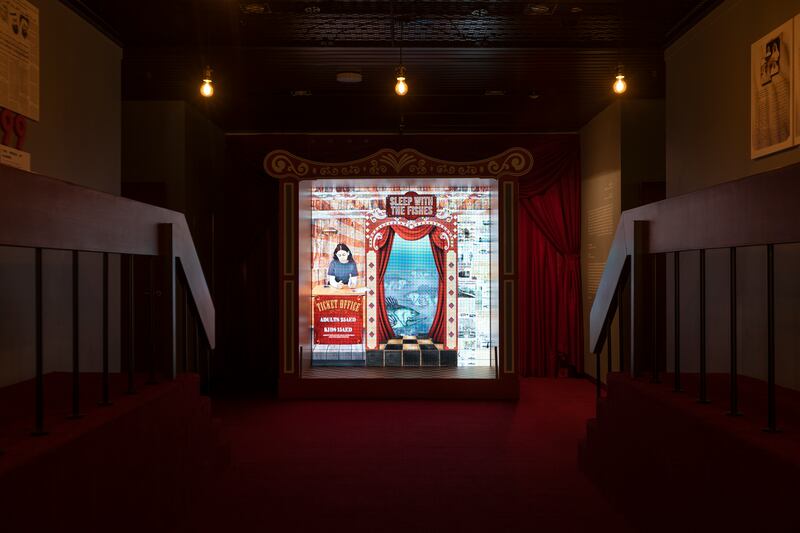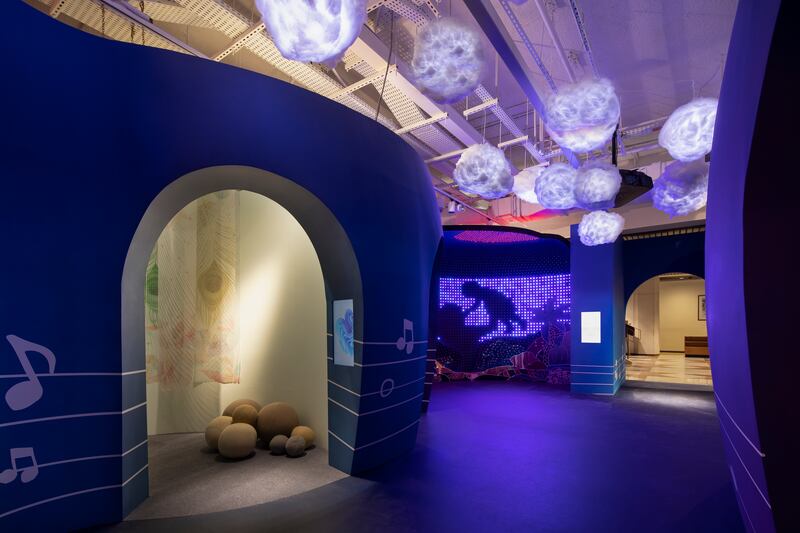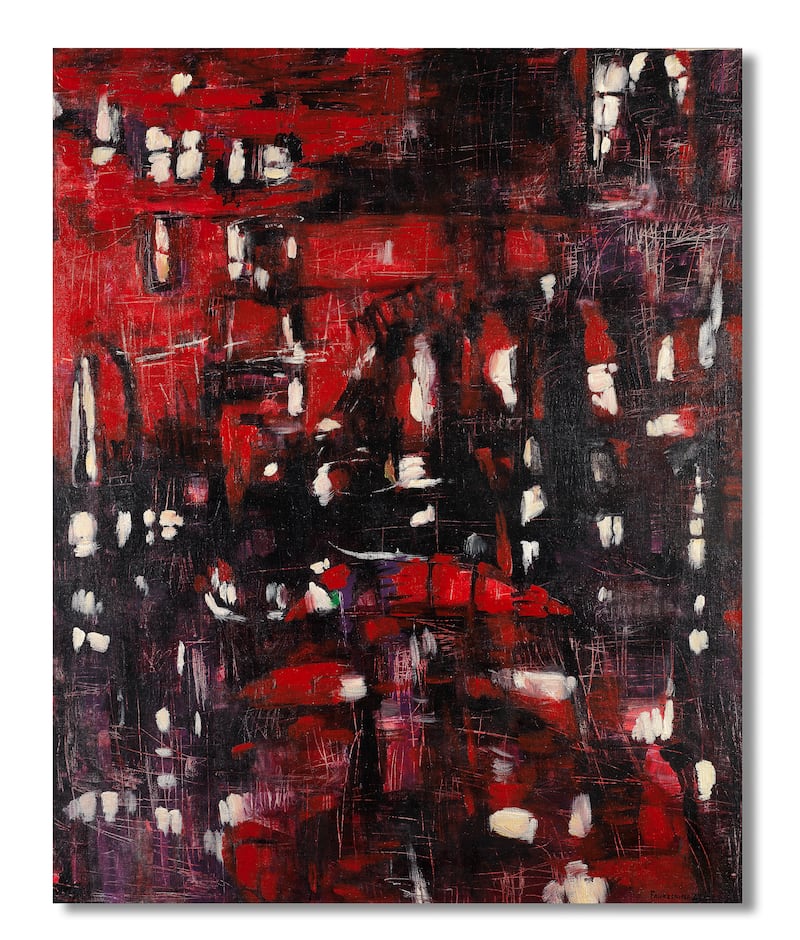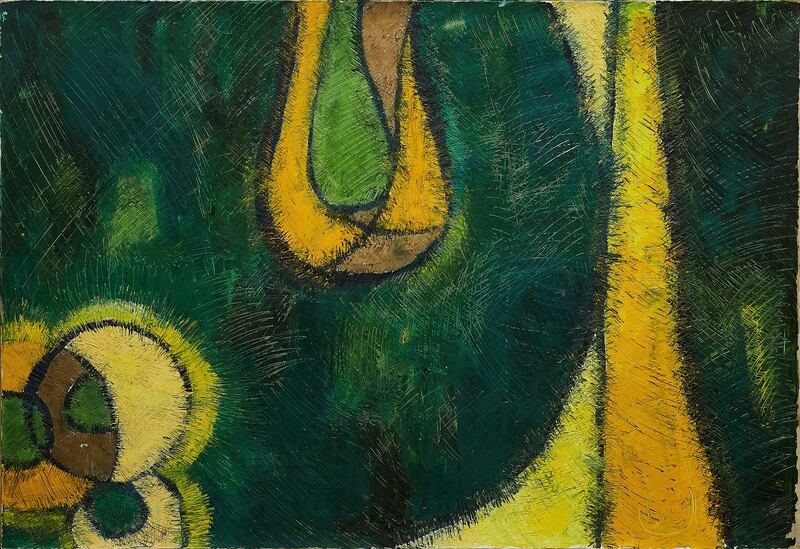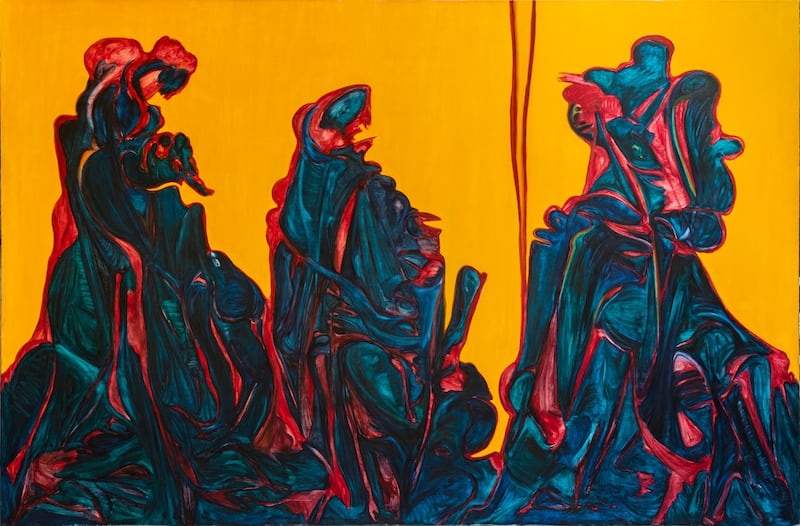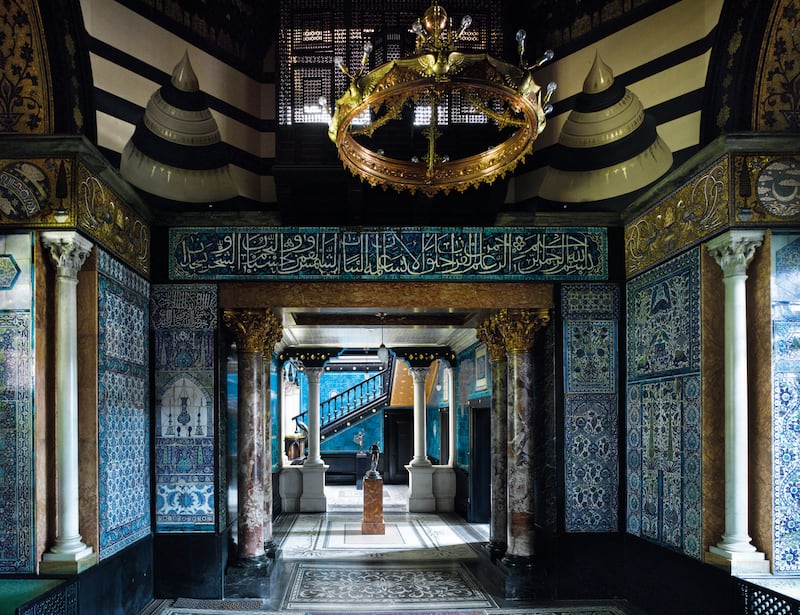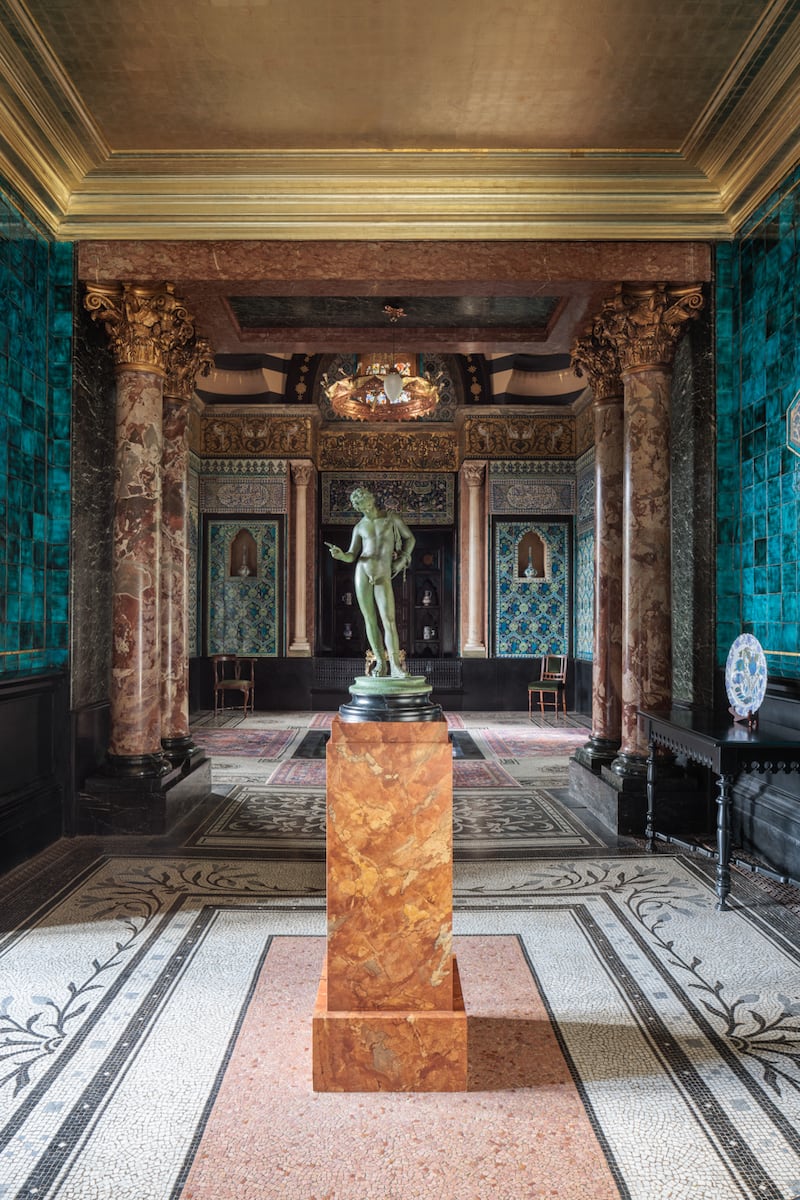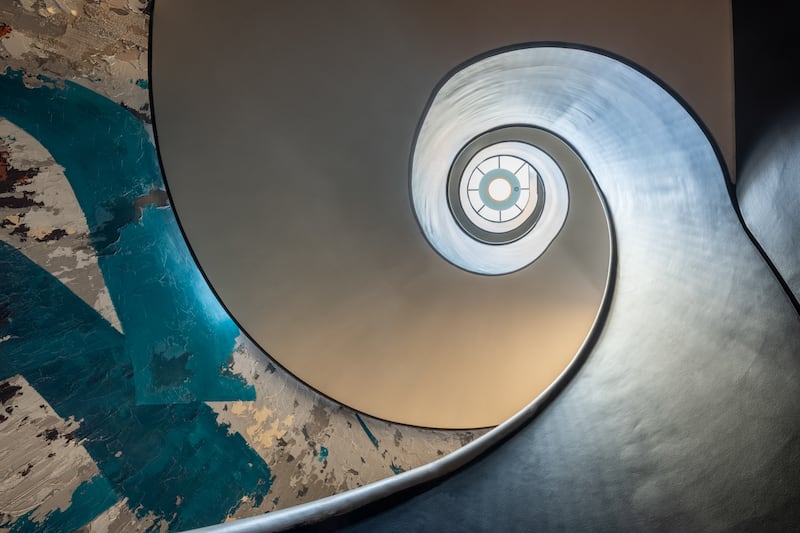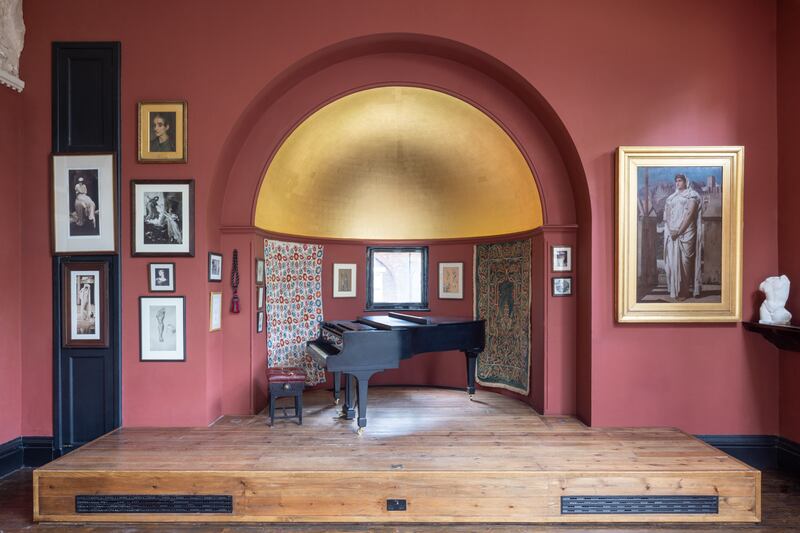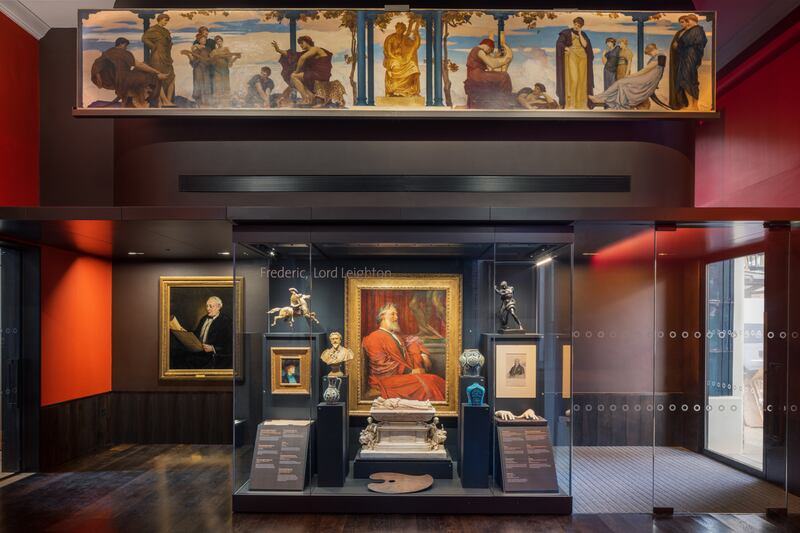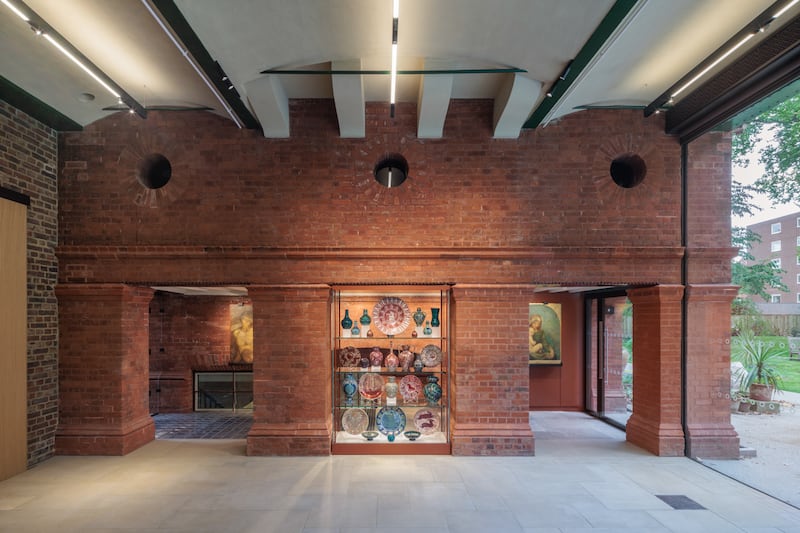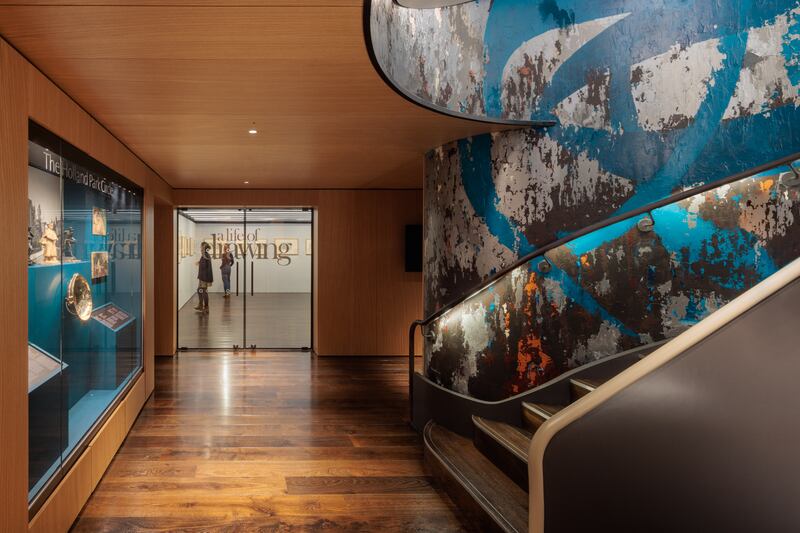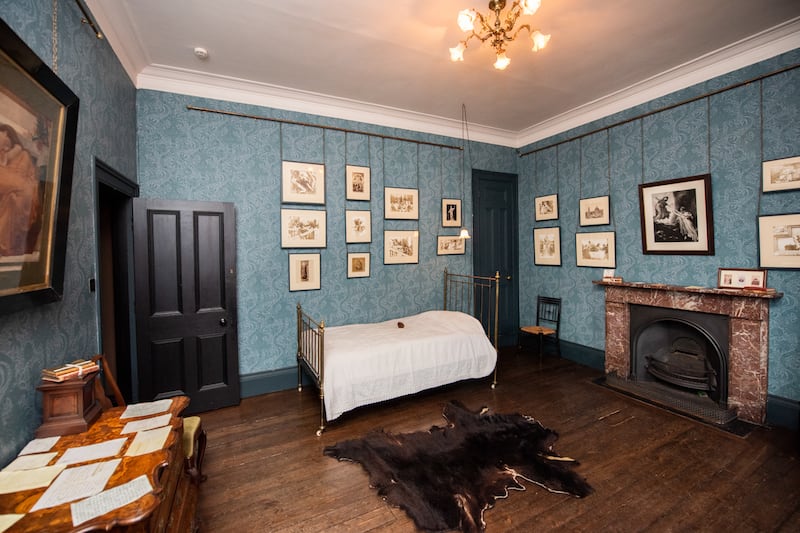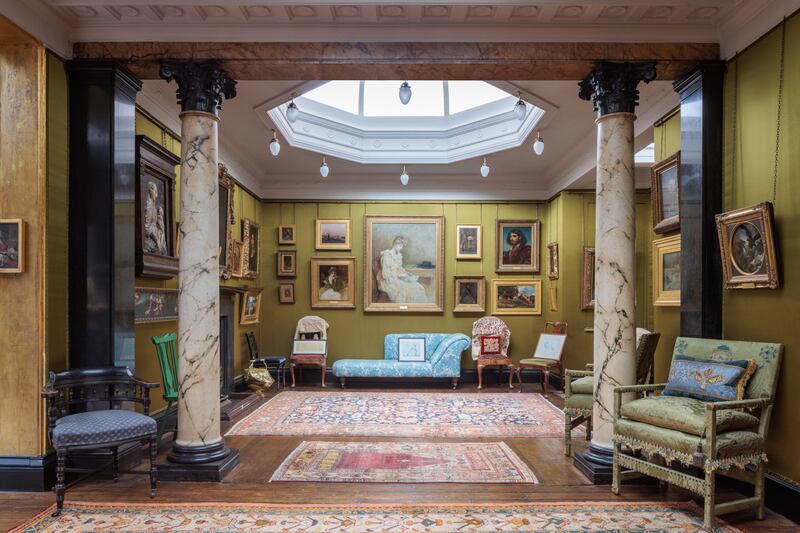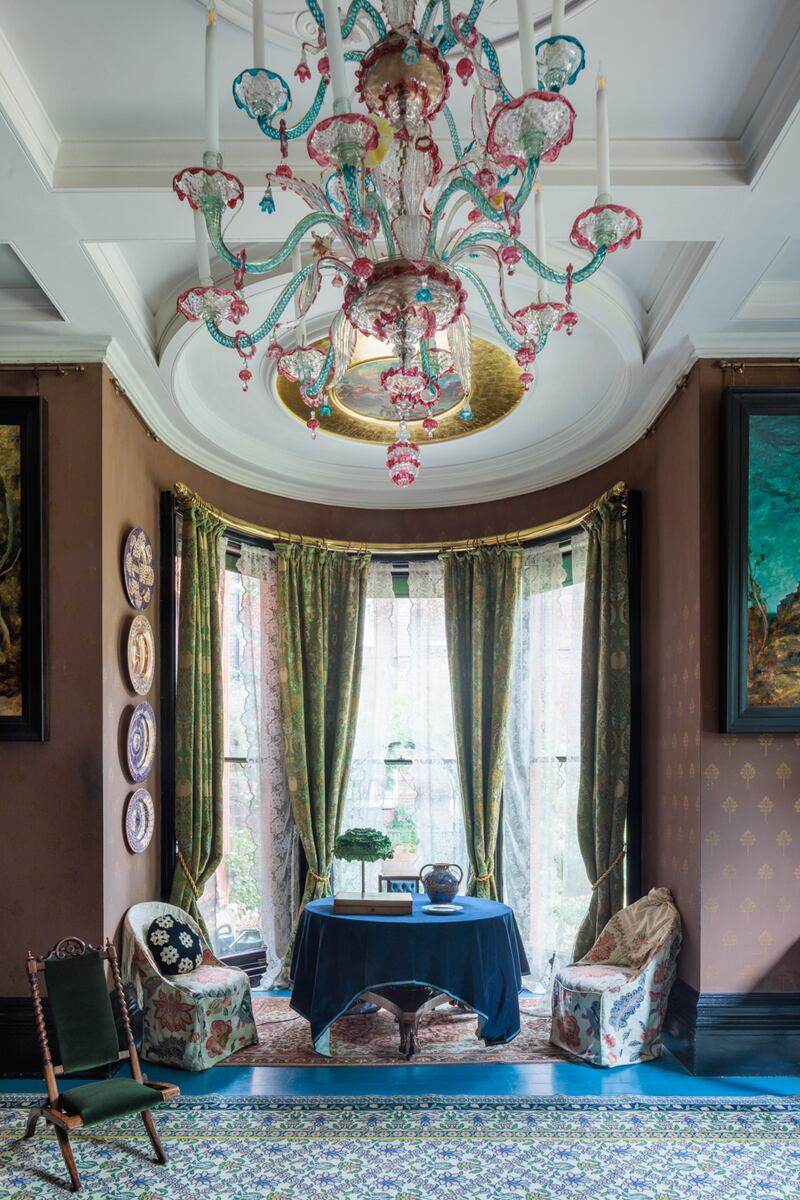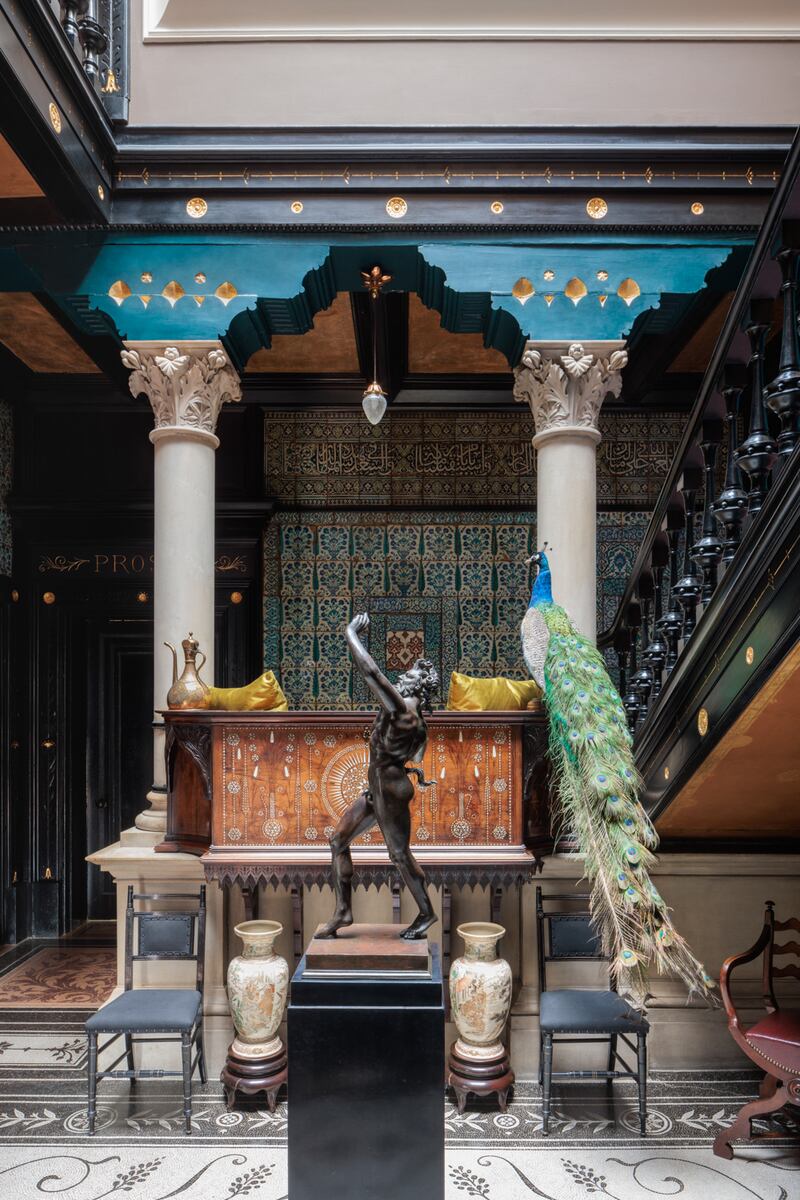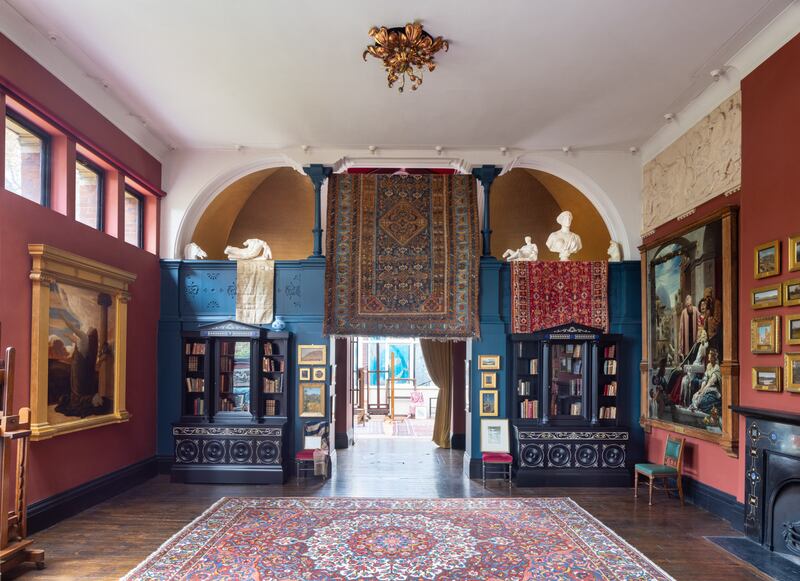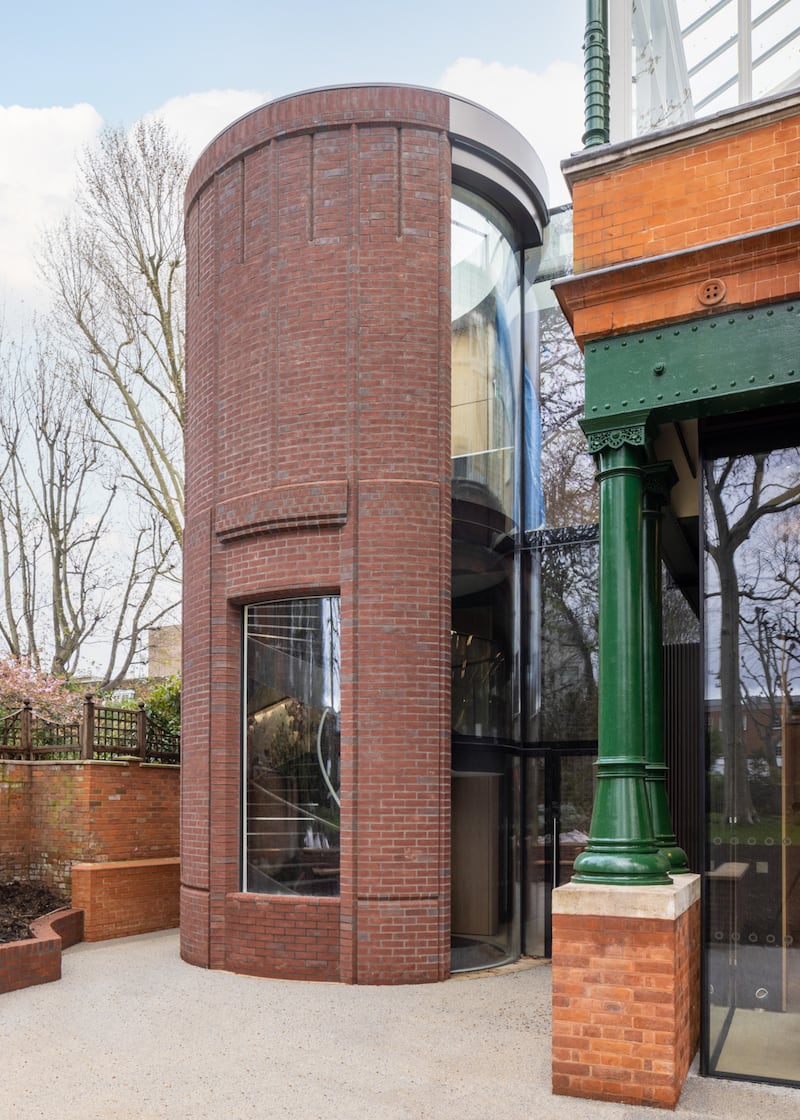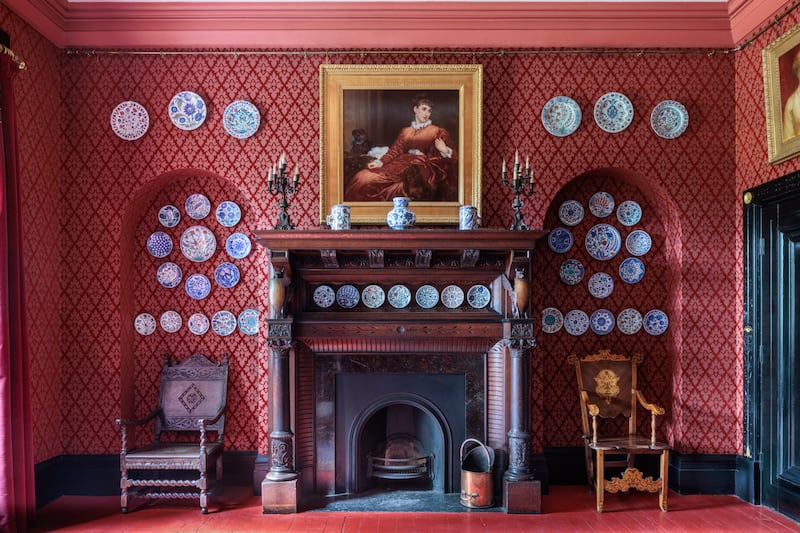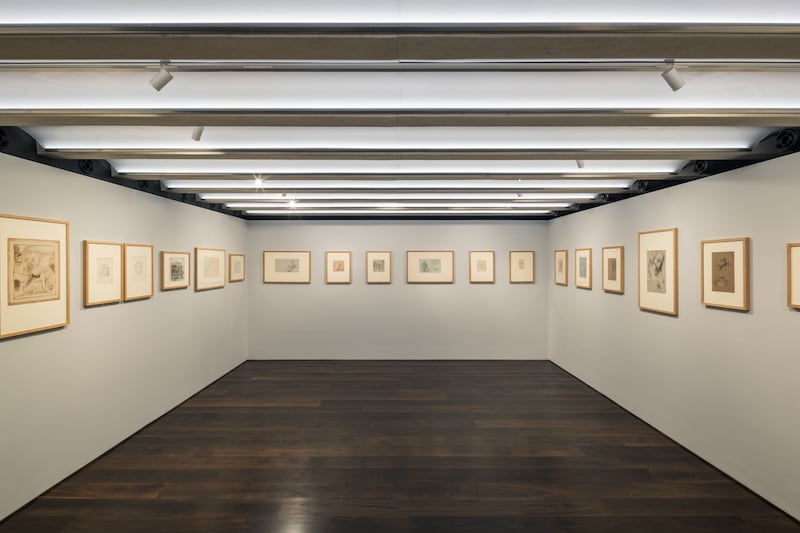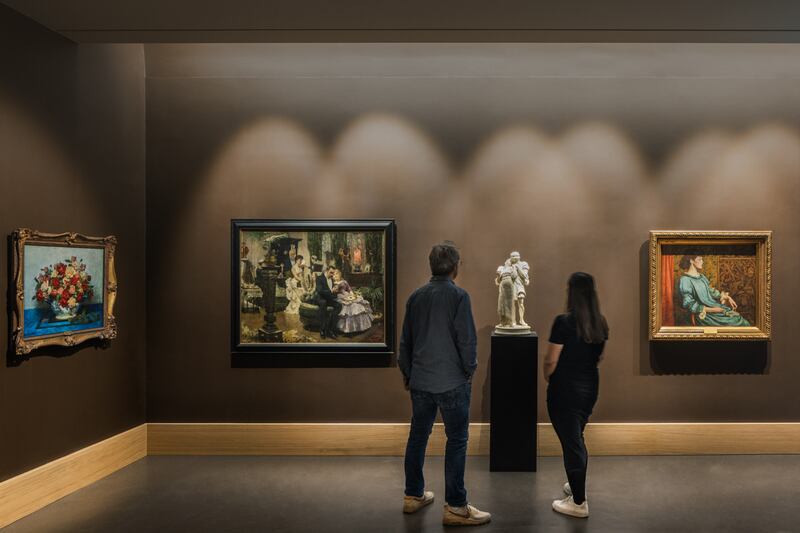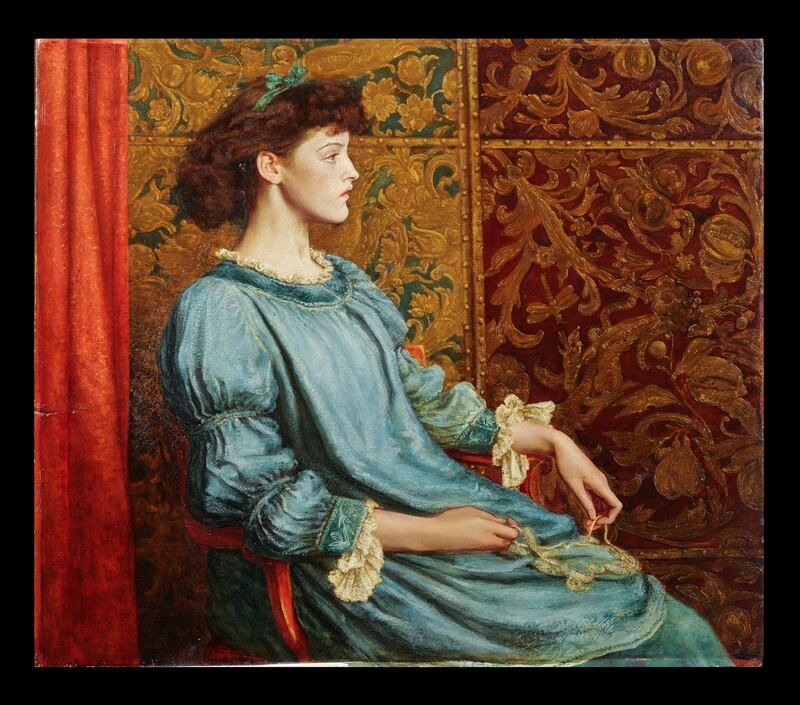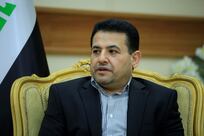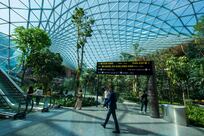The Cultural Foundation Abu Dhabi’s three new exhibitions, launched simultaneously, are a captivating exploration of the future, diversity and legacy of the region's art world.
Among the trio is Life is a Circus — the Foundation’s first NFT art exhibition, which is an immersive and playful collection of work connecting the UAE’s contemporary artistic heritage with its digital future. Building on the foundation laid by Emirati artist Jalal Luqman, who produced the foundation's first digital art exhibition in 1996, Life is a Circus invited 22 digital artists living in the UAE to produce work specifically for the show.
Exploring the evolution of digital art, the images tackle the fickle nature of the online world and the highly visual language of contemporary life. As the Foundation’s first NFT art exhibition, these artworks are also available to purchase online.
The second exhibition, Lullabies: A Journey Through Song, is an expansive and engaging curation of sleep tunes from various regions, including the Middle East, Africa and Asia.
Highlighting the historical context and nature of each lullaby through different mediums, the exhibition offers an insight into the shared values they hold across generations and cultures — as one of the first forms of communication, bridging music and storytelling.
However, the foundation’s flagship exhibition is Fahrelnissa and the Institutes: Towards a Sky — a monumental, compelling exhibition, featuring includes a selection of abstract works by four pioneering internationally acclaimed female artists from Jordan — Fahrelnissa Zeid, Wijdan, Hind Nasser and Ufemia Rizk.
The exhibition is a tangible reminder of the progressive prowess and nuance of contemporary female Arab artists and their continued influence on art, mentorship and community in the region.
Zeid, who was born in Turkey and later settled in Jordan, in particular is a powerhouse of great influence. While framed in the exhibition as one of Jordan's quintessential artists, her work demonstrates an outward-looking, international focus — ahead of her time in her approach, execution and quality of work.
Reem Fadda, the director of The Cultural Foundation, tells The National it is time "to talk about the influence of Fahrelnissa Zeid".
“I've long been invested in telling the stories of our region, our thinkers, intellectuals and artists. And these women are it. These are the ones that shouldered progressive thinking for our societies. And the fact that they're all women is not lost on me, or on anyone.”
During her expansive career, Zeid established The Royal National Jordanian Institute Fahrelnissa Zeid of Fine Arts at her home in Amman, where women were challenged and pushed to further their artistic limits.
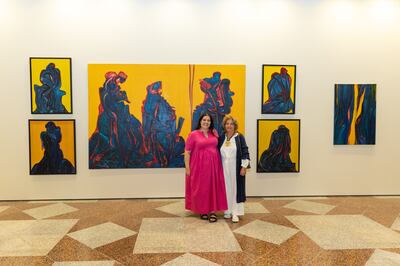
Wijdan, another influential driving force, also established educational frameworks in Amman that taught and nurtured artists. Nasser and Rizk, who are Zeid's former students, have created their own profound and exploratory bodies of work, while contributing to community building in the art world.
Each of the artists’ work is given its own section, starting with Zeid. Her dynamic style is instantly captivating not only for her manipulation of light and colour, but also by the skill she possesses as an artist to command large canvases.
“We are not trying to overemphasise that she is the embodiment of globalisation,” says Fadda.
“She is from the Middle East and knows how to carry that culture into a universal language completely. She also takes cues from her western influences and puts them into her own unique vocabulary. She's unmatched in terms of the scale of her paintings and abstracted style.”

Zeid’s work speaks for itself. She infuses many elements of life and culture, from the tangible and intangible, into a highly sophisticated visual language that is both transcultural and timeless.
Aside from the individual abstract voices of these artists, the incredible large-scale paintings, thoughtfully curated in the space, highlights that link of mentorship, education and community between artists and women.
Nasser’s entrancing works clearly display that lineage of mentorship between women, so intrinsically fundamental to the exhibition.
“Unconsciously, women in our part of the world want to prove themselves to themselves, before proving themselves to others. And this was my journey with things,” she says.
Nasser, whose work is brilliantly overwhelming, yet balanced in her understanding of colour combinations and her command of painterly gestures, emphasises the importance of understanding that creative work comes from continuous work, cultural exposure and mentorship — much like what she experienced under the guidance of Zeid.
“These histories should have been told and celebrated from the start,” says Fadda.
“I think we're at least 40 years late to showcase them. It's unfortunate that we're always playing catch up to our own histories and our own legacies.”
All three exhibitions are running at the Cultural Foundation, Abu Dhabi, until February 2.

